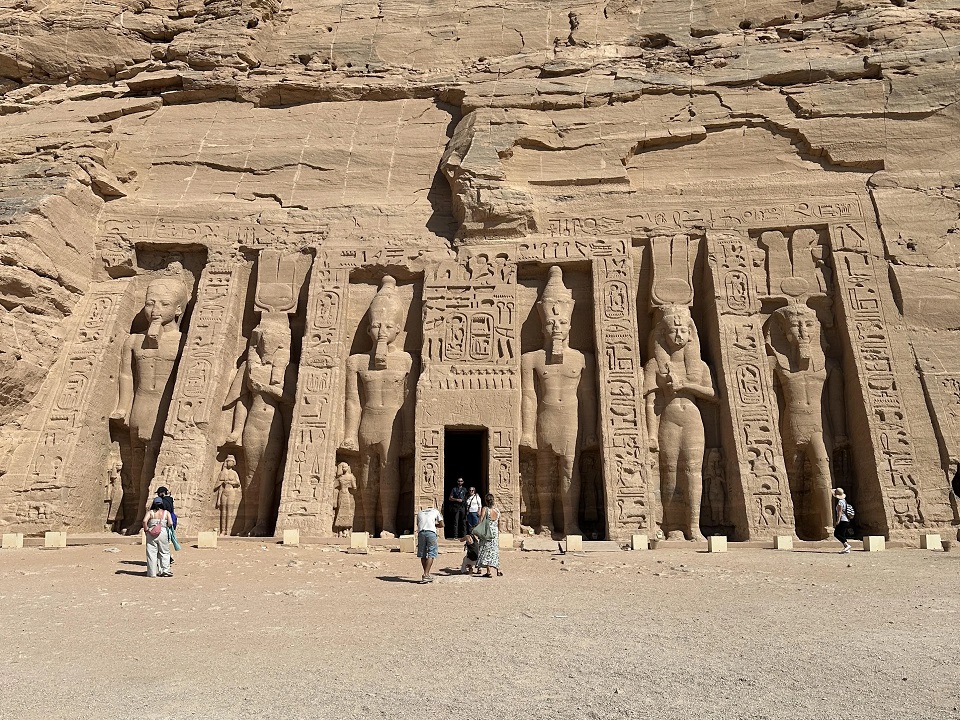By George Bunn.
Ramesses II, also known as Ramses the Great, was one of the most powerful figures in ancient Egypt
The sarcophagus of the most famous Egyptian pharaohs has finally been found, three millennia after his death.
Egyptologists were left baffled by the mystery of the whereabouts of the sarcophagus of Ramesses II, also known as Ramesses the Great.
A mysterious granite burial found in 2009 under the floor of a religious centre in east-central Egypt had baffled archaeologists.
However, new analysis has shown that the fragment belonged to Ramesses II.

Teacher and researcher at Sorbonne University Frédéric Payraudeau made the discovery this month after taking another look at a fragment of granite discovered in Abydos back in 2009. The Egyptologist said he suspected an overlooked cartouche, an oval-shaped engraving that represents the name of the pharaoh, was that of Ramesses II.
He said: “When I read these results, I was overcome with doubt. I asked my American colleague if I could re-study the file, which he accepted given the complexity of this case
“My colleagues believed that the cartouche preceded by the word ‘king’ designated the high priest Menkheperre who governed southern Egypt around 1000 BC.
“However, this cartridge actually dated from the previous engraving and therefore designated its first owner.”

Ramses II ruled from 1279 to 1213BC. During his reign, he became known for erecting giant statues in what Egyptologists refer to as the last peak of Egypt’s imperial power.
He led several military expeditions and expanded the Egyptian Empire to stretch from Syria in the east to Nubia in the south.
In 1881, Ramesses II’s mummy and coffin were found in a “secret” hiding place in Deir el-Bahari, a temple complex outside Luxor, that contained the remains of 50 other members of nobility, including his father.
Before being placed in the newly found sarcophagus, Ramesses II was buried in a now-lost gold coffin and was moved to an alabaster sarcophagus, which was found destroyed in his tomb by looters.
Payraudeau added: “The royal cartouche contains the coronation name of Ramses II, which is specific to him, but this was masked by the condition of the stone and by a second engraving, added during the reuse.
“This discovery is new proof that at this time, the Valley of the Kings was the subject not only of looting but also of the reuse of funerary objects by subsequent sovereigns.”
Original source: https://www.gbnews.com/science/archaeology-breakthrough-sarcophagus-finally-discovered

